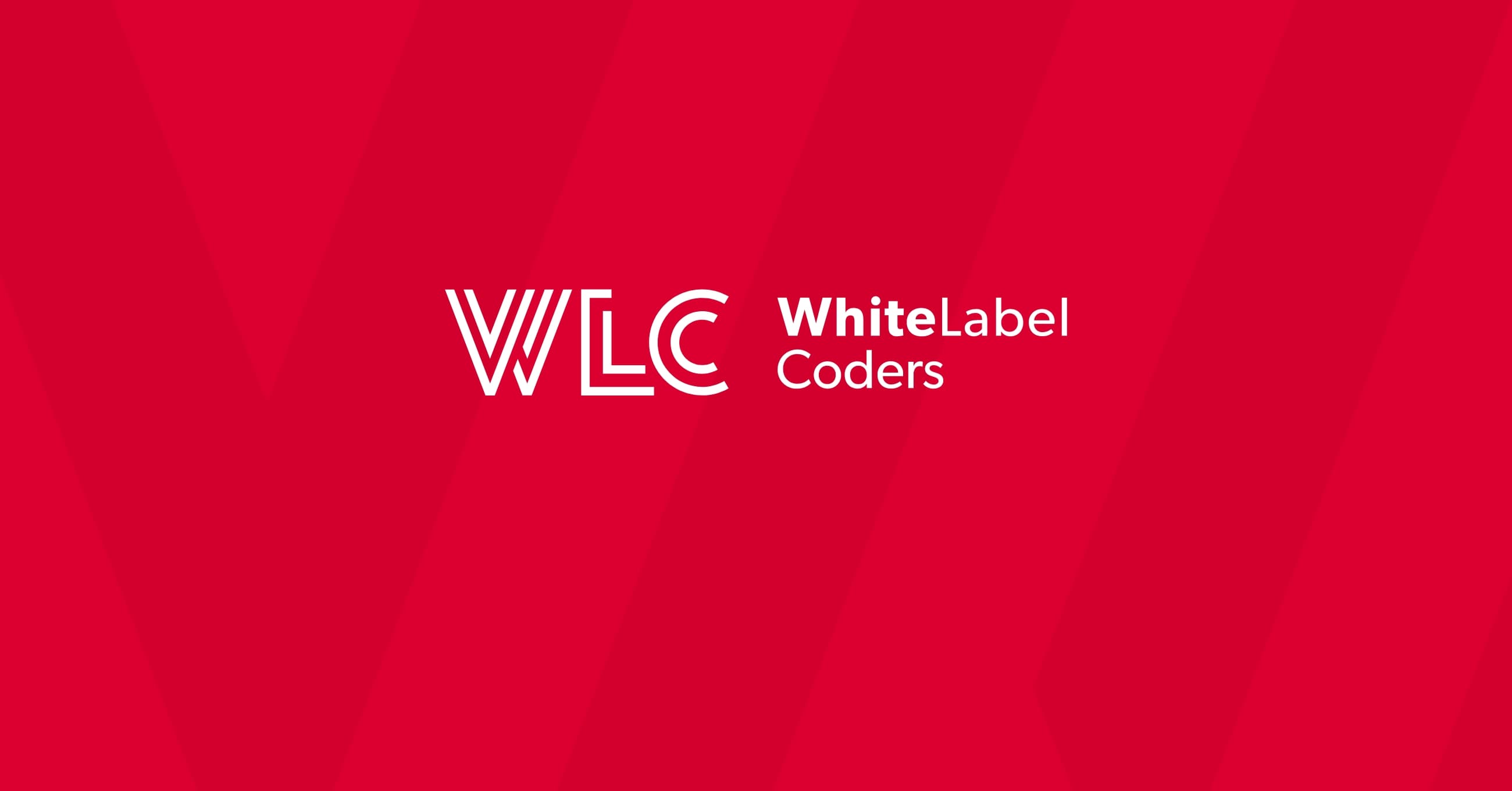Category: SEO AI
Can I add a domain to WordPress?

Yes, you can absolutely add a domain to WordPress! The process involves connecting your custom domain name to your WordPress installation through DNS configuration and hosting settings. Whether you’re using self-hosted WordPress or a managed service, adding a domain requires updating nameservers, configuring DNS records, and adjusting your WordPress settings to recognise the new domain.
Understanding WordPress domain integration fundamentals
Adding a domain to WordPress is essentially creating a bridge between your domain name and your WordPress installation. Think of your domain as your website’s address, whilst your hosting is the physical location where your WordPress files live.
The relationship between domains, hosting, and WordPress creates the foundation for your website’s accessibility. Your domain points visitors to your hosting server, which then serves your WordPress content. This domain-hosting-WordPress triangle must work in harmony for your site to function properly.
Several scenarios might require domain addition: launching a new website, migrating from another platform, adding multiple domains to one WordPress installation, or switching hosting providers. Each situation requires understanding how DNS propagation works and how WordPress handles domain recognition.
What does it mean to add a domain to WordPress?
Adding a domain to WordPress means configuring your domain name to display your WordPress website when visitors type your URL into their browser. This process involves both technical DNS settings and WordPress-specific configurations.
There are different types of domain additions you might encounter. A primary domain is your main website address, whilst subdomains create separate sections like blog.yoursite.com. Addon domains allow multiple websites on one hosting account, and domain mapping connects external domains to specific WordPress installations.
The technical process involves updating your domain’s nameservers to point to your hosting provider, configuring DNS A-records to your server’s IP address, and updating WordPress settings to recognise the new domain. For complex WordPress custom development projects, this process might involve additional considerations for multilingual sites, e-commerce platforms, or custom applications.
How do you connect a custom domain to your WordPress site?
Connecting a custom domain to WordPress involves several coordinated steps that must be completed in the correct order to ensure smooth functionality.
Start by accessing your domain registrar’s control panel and updating the nameservers to match your hosting provider’s specifications. Most hosting companies provide specific nameserver addresses that you’ll need to enter exactly as provided.
Next, configure your hosting account to recognise the new domain. In your hosting control panel, add the domain through the domain management section. This creates the necessary server-side configuration to handle incoming requests for your domain.
Update your WordPress settings by navigating to Settings > General in your WordPress dashboard. Change both the WordPress Address (URL) and Site Address (URL) to reflect your new domain. For WordPress customisation projects, you might need additional configuration for custom post types, API endpoints, or integrated third-party services.
Finally, configure SSL certificates to ensure secure HTTPS connections. Most hosting providers offer free SSL certificates that can be activated through your hosting control panel.
What are the hosting requirements for adding domains to WordPress?
Your hosting environment significantly impacts your ability to add and manage domains with WordPress. Different hosting types offer varying levels of domain management flexibility and technical capabilities.
Shared hosting typically allows addon domains but may limit the total number you can add. These plans often include user-friendly control panels that simplify domain addition, though they may lack advanced DNS management features needed for complex configurations.
VPS and dedicated servers provide complete control over domain management, allowing unlimited domains and advanced DNS configurations. These environments support complex WordPress setups including multisite networks, custom server configurations, and specialised hosting requirements for demanding applications.
Essential hosting features for domain management include DNS zone editing capabilities, SSL certificate support, and adequate server resources to handle multiple domains. Your hosting should also provide reliable nameservers and technical support for domain-related issues.
How do you troubleshoot common domain connection issues in WordPress?
Domain connection problems can be frustrating, but most issues stem from a few common causes that have straightforward solutions.
DNS propagation delays are the most frequent culprit. After changing nameservers or DNS records, changes can take 24-48 hours to propagate globally. Use DNS checker tools to monitor propagation status and avoid making additional changes during this period.
SSL certificate conflicts often cause connection issues. If your site shows security warnings or fails to load, check your SSL certificate status in your hosting control panel. Regenerate certificates if necessary and ensure your WordPress URLs use HTTPS.
Redirect loops occur when WordPress settings conflict with server configurations. Clear your browser cache, check your WordPress URL settings, and review any redirect rules in your .htaccess file. Sometimes, deactivating plugins temporarily can identify conflicts causing redirect issues.
Mixed content warnings appear when HTTPS sites load HTTP resources. Update hardcoded HTTP links in your content, ensure your theme and plugins support HTTPS, and use plugins that automatically fix mixed content issues.
Key considerations for successful WordPress domain management
Successful domain management extends beyond initial setup to encompass ongoing security, performance, and maintenance considerations that ensure reliable long-term operation.
Security should be your top priority. Regularly update your domain registrar contact information, enable domain locking to prevent unauthorised transfers, and monitor your domain’s expiration date. Set up auto-renewal to avoid accidental domain loss, and consider privacy protection to shield your personal information.
Performance optimisation involves configuring proper DNS settings, using content delivery networks (CDNs) that integrate well with your domain setup, and ensuring your hosting infrastructure can handle your domain’s traffic requirements. For WordPress custom development projects involving complex functionality, performance considerations become even more critical.
Regular maintenance includes monitoring DNS health, checking SSL certificate renewal dates, and keeping backup copies of your DNS settings. Document your domain configuration for easy reference during troubleshooting or when working with development teams.
Whether you’re managing a simple business website or a complex WordPress application, proper domain integration forms the foundation of your online presence. Take time to understand these fundamentals, and don’t hesitate to seek professional assistance for complex configurations that require specialised expertise.

